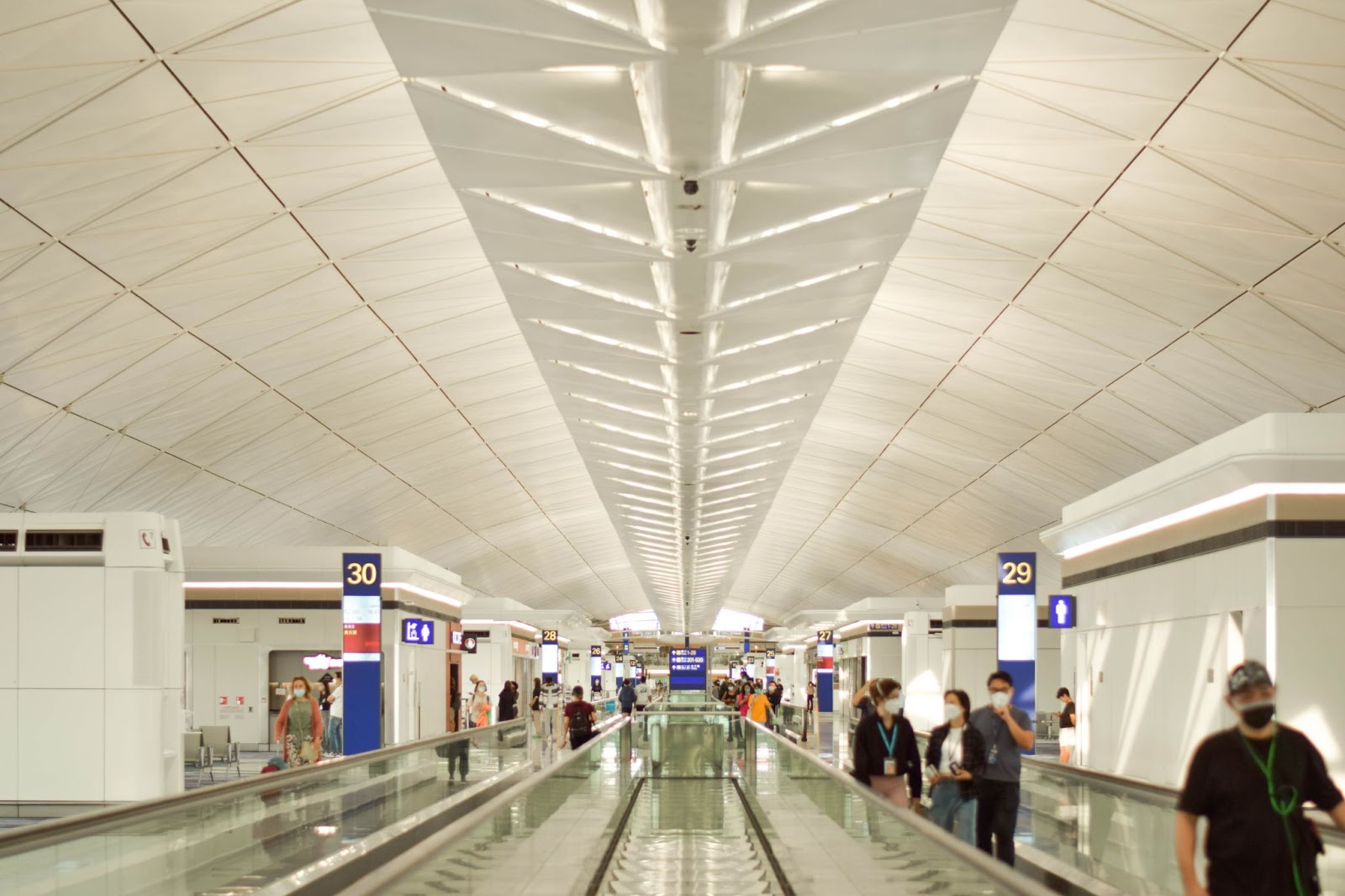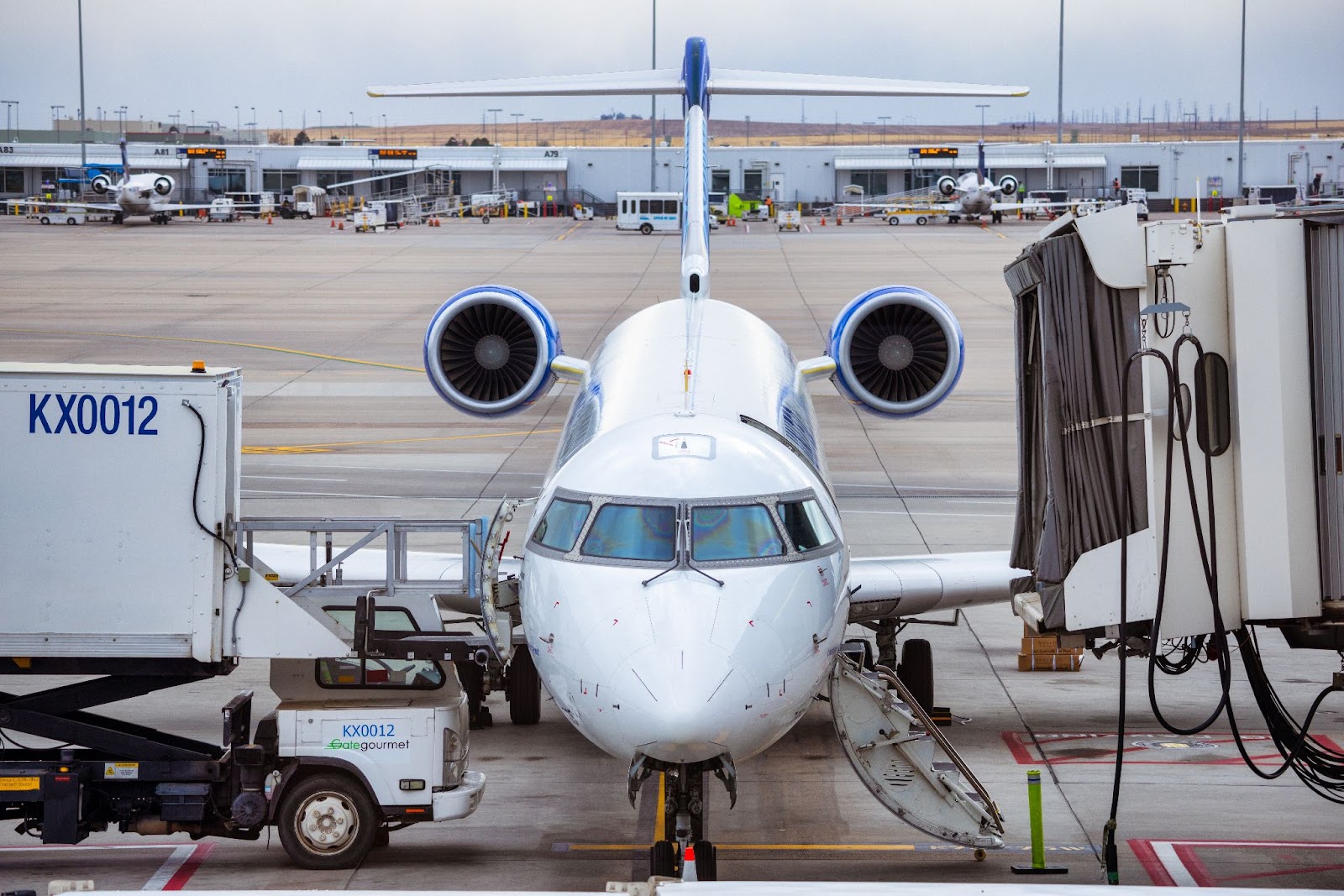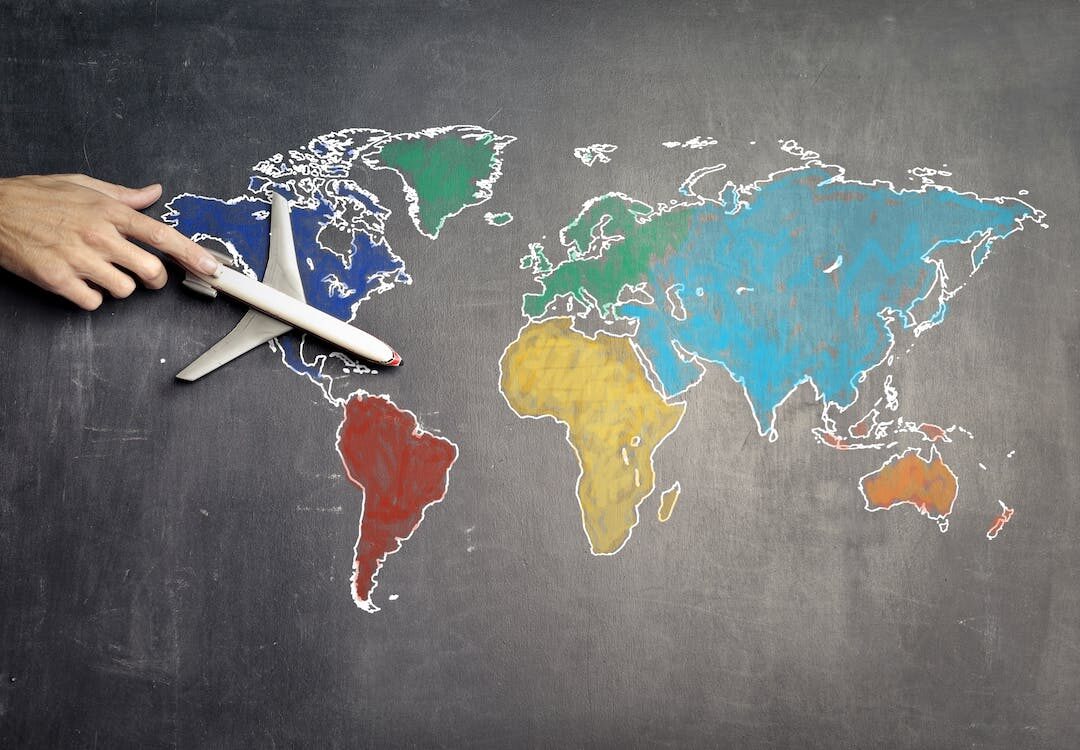Moving to a new country is an exciting yet challenging experience. It requires meticulous planning and preparation for a smooth transition. According to a recent report, approximately 258 million people worldwide live outside their country of birth. The number of US citizens living abroad has steadily increased, with an estimated 9.4 million Americans residing outside the country. One of the popular destinations in this regard is South America.
People move from the US to South America for various reasons. Usually, it is due to work opportunities, retirement, cultural exploration, or simply seeking a change of pace. All this makes it an appealing destination for many. However, international long-distance moves can be challenging, especially when moving to a new continent with different customs, languages, and infrastructure.
There are many logistical considerations besides language barriers and communication challenges. All these can make acclimating to the new environment challenging. In addition, many intended movers to South America may face similar challenges. With proper planning and preparation, moving to South America can be a positive and life-changing experience. This article highlights the essential tips leading to a smooth transition.
Research and Preparation
Researching the destination country’s customs regulations and visa requirements is crucial for a successful international move. Make sure you comply with all regulations to avoid complications upon arrival. Additionally, if you’re moving to Canada, for instance, familiarizing yourself with specific immigration processes is vital. For example, understanding the spousal sponsorship process in Canada(processus de parrainage d’un époux au Canada) is crucial if you plan to bring your spouse along. Keep in mind that each country has its own unique immigration procedures, so thorough research and preparation are key to a seamless international move. Evaluate the cost of living in your destination country and budget accordingly. Factor in expenses such as housing, transportation, healthcare, and daily necessities.
Obtain all necessary documents besides financial matters. Here is a list of documents you may need while moving from the US to South America.
• A valid passport for international travel.
• Visa to enter and live in the country.
• Work permit if you plan to work in the destination country.
• International driver’s license to drive.
• Birth certificate and marriage certificate to prove your identity.
• Medical records for medical emergencies or if you need to see a doctor.
• Insurance documents related to health, life, and/or car insurance policies to handle any unforeseen events.
• Financial documents necessary for banking or tax purposes.
• Academic records for continuing studies if you are a student.
Sorting and Packing
Sorting and packing your belongings is crucial to planning an international move. Start by deciding what items to bring and what to leave behind. Consider the cost of shipping and the value of each item. Organize your belongings into clothing, kitchenware, and electronics categories. Consequently, create an inventory to keep track of everything.

When it comes to packing, take the time to do it carefully. Use sturdy boxes and packing materials such as bubble wrap or packing peanuts to prevent damage during transit. For fragile items, wrap them individually and use extra padding. Refrain from overpacking boxes, or they may become too heavy to lift. Label each box briefly, describing its contents and the room of placement upon arrival. It will make unpacking much easier and more efficient. You may also want to use color-coded stickers or labels to help identify especially fragile or valuable items.
It’s important to note that customs regulations in your destination country may restrict or prohibit some items. Research the regulations beforehand and avoid packing anything that may cause issues. Consider donating or selling items you can’t bring with you.
Logistics and Transportation
The cost of long-distance moving is another bothering element. It costs from $600 to over $10,000. You need to determine the best mode of transportation for your belongings. You can choose between air, sea, or land transportation. It depends on the volume and type of items you need to move. Air transportation is the fastest but also the most expensive option. Sea transportation is ideal for larger shipments and can be more cost-effective, but it takes longer to arrive. Therefore, land transportation, according to CBOX Office Containers, may be a good option for neighboring countries, but it can be more complicated for long-distance moves.
After determining the mode of transportation, you need to arrange for shipping and customs clearance. A reputable international moving company to handle the logistics of shipping your belongings can make a real difference. They can even help you handle the necessary handling customs clearance procedures. Ensure to provide all necessary documents and declarations to avoid delays or customs issues.

You should also confirm travel arrangements for you and your family. It includes booking flights and arranging transportation to and from the airport. Don’t forget to consider visa requirements and travel restrictions in your destination country. Lastly, arrange for insurance coverage for your belongings during transit. The belongings are vulnerable to damage or loss in transit. It’s important to have adequate insurance coverage.
Preparing for Arrival
Preparing for arrival in a new country is crucial to a successful transition. To ensure a smooth start in your new home in South America, consider the following tips:
- Understanding the local customs and culture will help you better adjust to your new environment. Take some time to research the country’s traditions, etiquette, and social norms.
- Finding a suitable place to live and arranging transportation are important steps in settling into a new country. Consider hiring a local real estate agent to help you find a suitable apartment or house. They can further arrange for transportation such as car rentals or public transport.
- Communication can be a major challenge when moving to a country where you don’t speak the language. Consider taking language classes before your move or hiring a language tutor once you arrive.
- Joining local social groups or organizations can help you meet new people and make friends. Look for groups related to your hobbies or interests, or consider volunteering to meet like-minded individuals.
Conclusion
Planning an international long-distance move from the US to South America requires thorough research, preparation, and organization. There are many steps, from obtaining the necessary documents to packing your belongings carefully and arranging transportation. Research the destination country’s customs and culture and prepare for any challenges. Also, choosing a reputable international moving company and obtaining insurance coverage for your belongings during transit is essential. Remember to stay flexible and patient throughout the process, as unexpected challenges may arise. Proper planning and preparation can make your international move a positive and life-changing experience.



